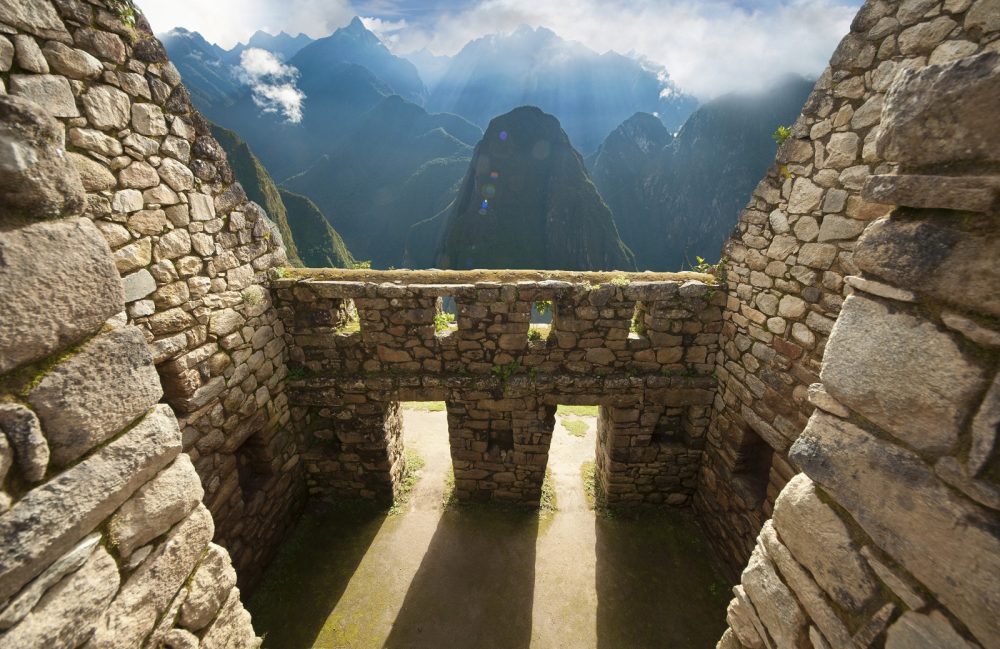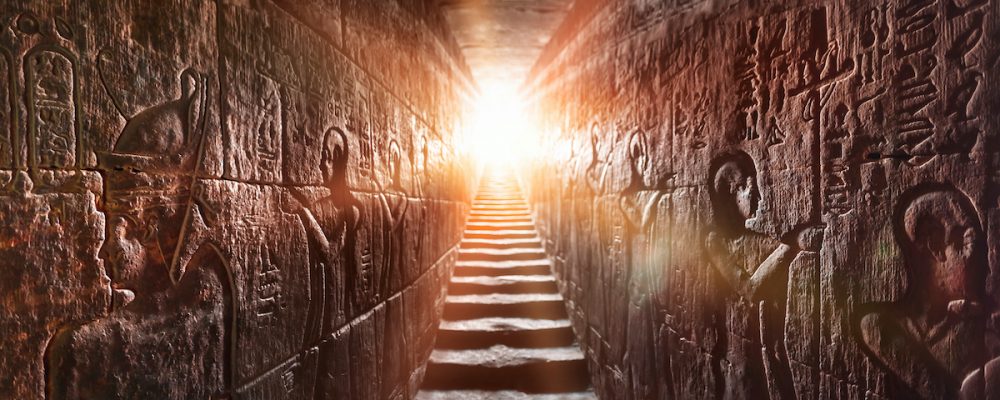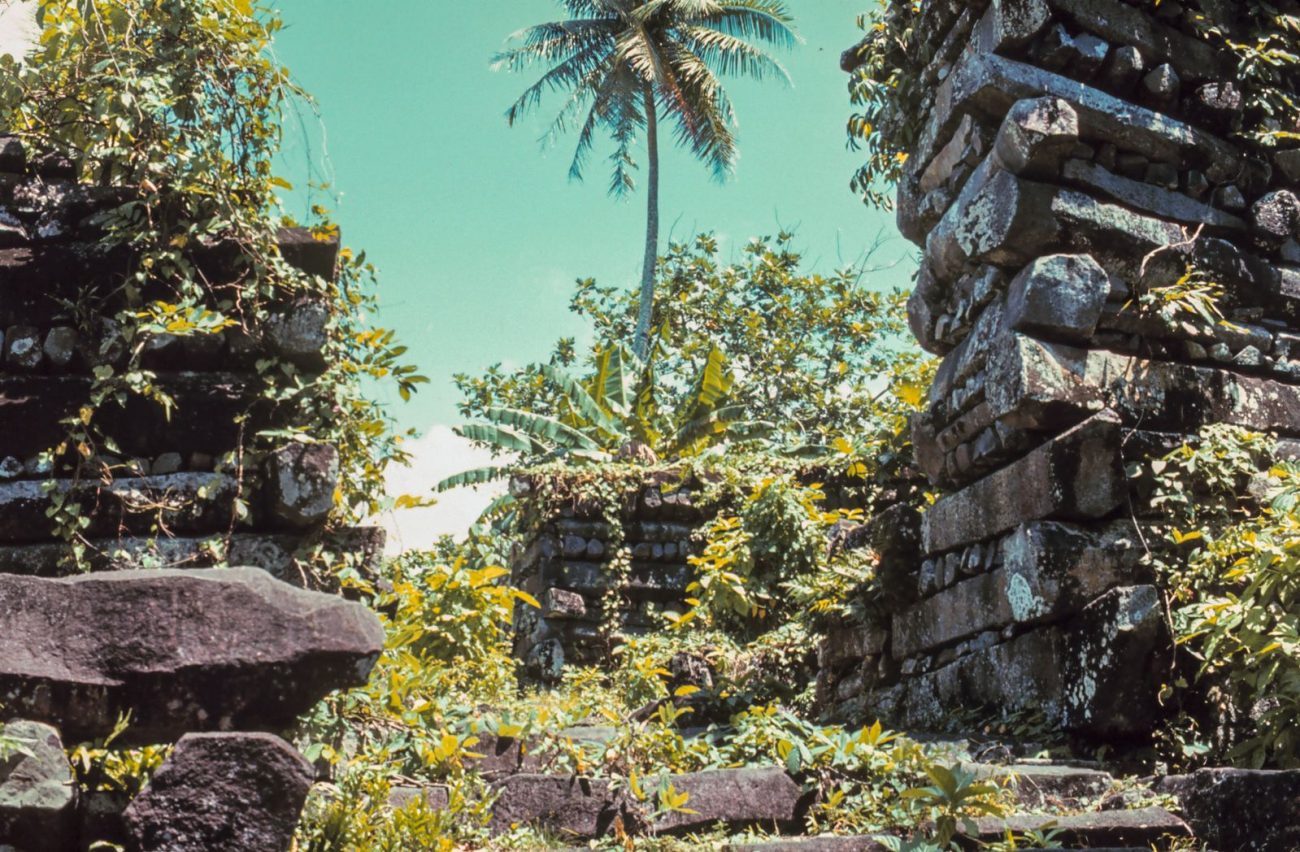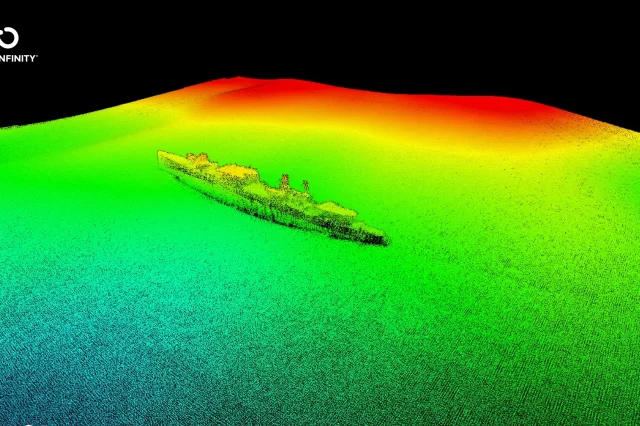What if history is nothing more than a gigantic puzzle. What if decades and perhaps centuries of studies have only revealed small, insignificant pieces of this massive puzzle? What if everything we are looking at today when studying ancient civilizations across the world is, in fact, no more than a few pieces scattered and left behind by a civilization that was long destroyed?
I have been saying that a fine line divides mythology from facts for quite some time now. And honestly, I believe that. There are things out there that we cannot explain (in civilization in general) no matter how hard we try. However, I also think that ancient people were far more advanced than what we are told and that many of their written records—some of which we consider a pure myth—are more than that.
The presumption that an advanced civilization predates all other ancient civilizations, such as Sumer, Egypt, China, etc., has long been discredited by mainstream scholars worldwide. Yet, strangely, the very same scholars have also discredited “challenging” historical discoveries in the past.
Evidence for an advanced “Atlantis-like” mother Civilization?
One example is when the first people set foot on what we know today as the American Continent. It had long been established criteria that people came to the American continent no later than c. 12,000 years ago.
Experts long maintained this ideology, and all other discoveries that pointed towards a far older timeline were discredited and ridiculed.
This happened for decades, all until one specific point when the evidence was too significant to be ignored. Then, all of a sudden, mainstream scholars were forced to reconsider their understanding of history and the American continent’s population.
The mysterious Clovis culture, which was long thought to have been the oldest people in the Americas, was cast into the shadows. Instead, archeological and anthropological sites dating back tens of thousands of years later were spotlighted.
Eventually, the date of the Americas’ population was pushed back in time, first a couple tens of thousands of years and then, in a study that was perhaps “surprisingly” accepted in Nature, to more than 100,000 years.
Now, conclusive evidence points to the fact that there were people in the Americas as far back as 130,000 years ago. This fact was considered heresy, to say the least, two or three decades ago. But as we have been taught throughout history, facts change quickly, and things we thought we knew to turn out to be far from the truth.
The deeper we dig, the more we uncover evidence that humankind has been around for much longer than we’ve been initially led to believe. The 130,000-year-old archaeological site in southern California dubbed the Cerruti Mastodon site, is revolutionary, to say the least.
But it is not only revolutionary to the history of the population of the Americas; it also offers compelling evidence that there could be similar sites spread across the world, in different continents and countries, that point toward a history of humankind that spans back further back in time then we are initially led to believe.
Here are ten reasons why I believe it is plausible to acknowledge that a mother civilization predates all contemporaneous cultures we call ancient today.

Göbekli Tepe, tracing an advanced “Atlantis-like” mother Civilization
Although this is not the oldest archeological site on Earth, it is undoubtedly one of the most important and one of my all-time favorites. Göbekli Tepe is an archeological site in present-day Turkey, home to massive t-shaped stone pillars. The site has been dated to around 12,000 years ago, but certain parts could date back even further.
It is home to around 16 intricately built stone circles inside which archeologists have discovered massive stone pillars weighing around 10 tons. The site changes everything we thought we knew about the evolution of civilizations because it tells us that already 12,000 years ago, during the last Ice Age, people had the organizational, economic, and structural capabilities of building massive megalithic complexes.
As of writing, no more than 5% of the entire site has been excavated, and archaeologists say it will take decades to reveal the entire site. Its purpose remains debated, but archeologists are inclined to believe that it was either a temple or an astronomical observatory.
European Megalithic builders were advanced
Not only were the European megalithic builders an advanced, organized, and complex society, but they also traveled across Europe, leaving their legacy behind in stone monuments.
A study has proven that Stonehenge’s builders and other similar stone monuments in Britain and Europe originated from present-day Anatolia in Turkey.
My theory is that the people who built Göbekli Tepe were not mere hunter-gatherers but a sophisticated culture already 12,000 years ago. Although they may not have left behind written accounts of their existence—or we haven’t found it—-they did leave behind a message written in stone. Their most incredible legacy that has survived is the many stone monuments across the European continent.
Complex societies
The similarities of many structures, symbols, and astronomical orientations point toward a well-developed society that not only knew how to quarry, transport, and position massive stones, but they were self-thought in geometry and astronomy. Evidence of that is Göbekli Tepe’s complexity—which displays advanced forms of geometry—the astronomical alignment of many ancient sites with the solstices such as Stonehenge.
I also believe these were complex societies because simple hunter-gatherers could not have built a massive complex like Göbekli Tepe 12,000 years ago for more reasons than one. The biggest reason is that whoever built Göbekli Tepe had a group of workers under their control, likely numbering the several hundred. This, in turn, means that the workers needed places to sleep, eat, and were cared for. So far, no cities or settlements have been discovered at Göbekli Tepe.
Lost technologies or lost knowledge
I am not invoking aliens, lasers, and flying machines here. But I believe that to build a site as complex as Göbekli Tepe, people 12,000 years ago needed advanced tools and transportation methods.
They did not quarry stones weighing 10, 20, or 50 tons with their bare hands, and they did not transport them utilizing magic. For example, Göbekli Tepe’s builders had to transport the massive stones from quarries located one kilometer from where they were eventually raised.
Did they raise and position them with pure human resources? Or is it possible that already 12,000 years ago, this mysterious culture had developed tools and means that allowed them to achieve such incredible feats?
I would love to understand what tools alleged “hunter-gatherers” used 12,000 years ago to build a Göbekli Tepe site. Remember, this ancient megalithic complex predates not only writing, agriculture, and the wheel but essentially all other technologies that define civilization as we know it. What are we missing?

Things keep getting older
As Graham Hancock would say, things keep getting older. And they actually do. Discoveries are forcing us to rethink what we thought possible and impossible. Technological advancements have allowed us to peer further back in history than ever before, allowing us to discover places that were out of our reach years ago.
The best example of this is the Cerruti Mastodon site in California, proving that people migrated to present-day America at least one hundred thousand years earlier.
Learning from mistakes
As things keep getting older, we realize that not everything claimed by scholars as a fact decades ago is true. Everyone makes mistakes, so why wouldn’t archaeologists, anthropologists, and scientists in general?
“To err is human; to forgive,” divine—Alexander Pope.
Authors like Hancock have been writing about the possibility of experts making mistakes and that things are older than they maintain. Anyone who dared to say something like that was ridiculed and called a pseudoscientist. I, for one, feel pretty comfortable being called a pseudoscientist if that means I can question, research, and learn while coming up with my theory or hypothesis.
But many scientists refuse to acknowledge they are wrong. One crystal clear example is the man who stood behind the Clovis First Theory, C. Vance Haynes, who, even after ample evidence, refused to acknowledge that there were people in America before the Clovis culture.
If we acknowledge that there could have been people in America as far back as 130,000 years ago, then why is it so improbable, unlikely, or impossible that there were far more advanced civilizations on Earth before contemporaneous cultures such as the ancient Egyptians, the ancient Chinese, or ancient Sumerians? Why is it so hard to entertain the idea of an advanced “Atlantis-Like” mother Civilization?
Pyramidomania
But let us move on from Göbekli Tepe and the Cerruti site and explore another subject I am fascinated by. In fact, I am so mesmerized by it that I am currently writing two books.
Pyramids. I am completely and utterly in love with pyramids, and I believe that these majestic structures are an important part of our legacy as the human species. Pyramids have been built on nearly all continents; we have pyramids in Africa, Europe, Asia, and the Americas.
I call this Pyramidomania, and I am baffled by the question of “why so many ancient civilizations decided to build pyramids?” Why so many pyramids? And why are many pyramids similar in design? Could the existence of so many pyramids be explained by an advanced “Atlantis-like” mother Civilization?
Original blueprint
Many pyramids are nearly identical in design, and fellow author Richard Cassaro details many of these similarities in his books and website.
Looking at pyramids specifically, I see patterns, similarities, and certain details that make me believe, almost as if ancient civilizations that built pyramids followed a blueprint.
And its not just because the pyramid is the most straightforward shape to build, and whoever believes that needs to look at some ancient sites like Göbekli Tepe or other archeological sites across Africa.
Many pyramids share similarities, and I believe it to be a sign that tells us that their knowledge might have originated from the same sources. But, of course, mainstream scholars say that ancient civilizations in America, Asia, and Africa developed independently and without contact. That cultural spread did not exist until apparently very recently (in the historical context).
But is it possible that pyramids worldwide share many similarities because they were built following the same principles, blueprints, and plans? Unfortunately, guides, blueprints, and strategies are lost to us today.
A historical puzzle
What if history is nothing more than a gigantic puzzle. What if decades and perhaps centuries of studies have only revealed small, insignificant pieces of this massive puzzle?
What if everything we are looking at today when studying ancient civilizations worldwide is, in fact, no more than a few pieces scattered and left behind by a culture that was long destroyed? A civilization that existed so long ago in a historical context that evidence of its existence is long gone? An advanced “Atlantis-Like” mother Civilization?
What if the only traces of its existence are present in civilizations we call ancient today?
Some would call this civilization Atlantis, but cultures around the globe may know it by different names. What if there was an advanced culture that transferred its knowledge to cultures around the globe before being entirely wiped out? Remember, a small line divides fiction from fact.
Similarities here, similarities there
I can’t help but delve into the possibility that everything we’ve discovered about human civilization to date is no more than a fragment of a more remarkable history awaiting discovery. Please take a look at this article I wrote for Curiosmos.
In it, I explore the similarities between civilizations that had no physical contact thousands of years ago. Nonetheless, despite the vast distances separating them, many things seem to be present.
How exactly is it possible that civilizations such as the Olmec, Aztecs, and Mayas share similarities with cultures in Africa or New Zealand? Could it be explained by the existence of an advanced, “Atlantis-Like” mother Civilization?
How are these deities’ depictions possibly similar, even though the Aztecs, Maya, and Olmec cultures were not in contact with civilizations from Egypt or New Zealand? Precisely such similarities are what boggles my mind the most.
When I look at some of the structural similarities present in pyramids around the globe, I am left further perplexed and need to ask, did these ancient cultures share a similar blueprint? And if so, who gave it to them, and what was it?
Yes, history is complex, and ancient civilizations are even more. But unfortunately, we are far from completely understanding the “big picture.” By the big picture, I mean the actual, accurate history of humankind, our origins, and the birth of civilization.
Join the discussion and participate in awesome giveaways in our mobile Telegram group. Join Curiosmos on Telegram Today. t.me/Curiosmos.
All sources and references are linked throughout the article.





